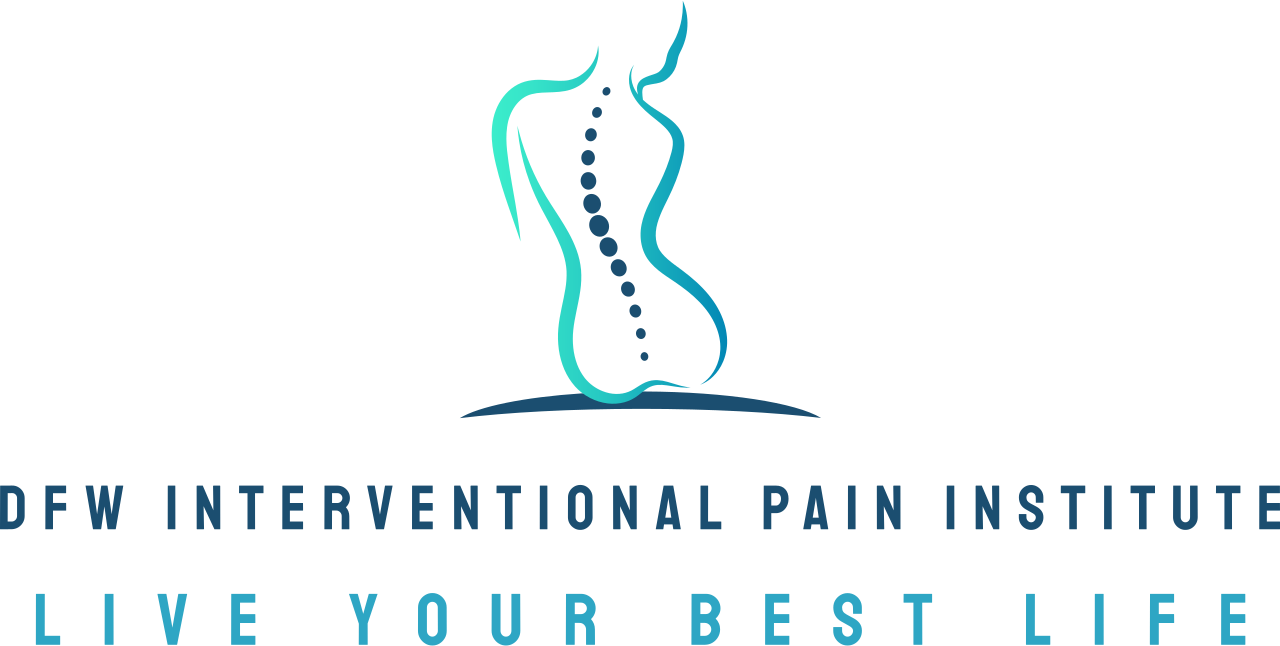How mindfulness can help you manage chronic pain
Living with chronic pain often feels like a constant battle, affecting not just your body but also your mind and spirit. It can be exhausting to search for relief, and many people feel like they’ve tried everything. While medical treatments are essential, there’s a powerful tool you can add to your pain management plan that doesn’t require a prescription: mindfulness. This practice can change your relationship with pain, helping you regain a sense of control and improve your quality of life.
At DFW Interventional Pain Institute, we believe in a holistic approach to pain management. Dr. Edrick Lopez and our team are committed to creating tailored plans that address every aspect of your well-being. This includes exploring evidence-based practices like mindfulness that can complement your medical treatments and empower you on your journey to feeling better.
What is mindfulness?
Mindfulness is the practice of paying attention to the present moment on purpose and without judgment. It’s about observing your thoughts, feelings, bodily sensations, and the world around you as they are, rather than getting caught up in them. It’s not about emptying your mind or stopping your thoughts. Instead, mindfulness teaches you to notice your thoughts and feelings from a distance, which can be incredibly helpful when dealing with the persistent signals of chronic pain.
When you're in pain, your natural reaction is to resist it, fight it or get lost in the negative stories your mind creates about it. Mindfulness offers a different path. It encourages you to turn toward your experience with curiosity and kindness, which can fundamentally alter how you perceive and respond to pain.
The science behind mindfulness and pain relief
The idea that your mind can influence your physical pain isn’t just a feel-good concept; it’s backed by a growing body of scientific research. Studies have shown that mindfulness can lead to significant changes in the brain regions associated with pain.
One key finding is that mindfulness meditation doesn't necessarily reduce the intensity of the pain sensation itself. Instead, it helps to "uncouple" the sensory experience of pain from the emotional reaction to it. In other words, you might still feel the sensation, but you suffer less because you’re not layering it with anxiety, fear, or frustration.
One study found that participants who completed an eight-week mindfulness program reported less pain-related anxiety and an improved ability to function in their daily lives. Brain scans revealed that mindfulness practice can decrease activity in the areas of the brain that process fear and emotional reactivity, while increasing activity in regions associated with self-control and rational thought. This shift allows you to respond to pain more calmly and effectively, rather than reacting out of habit.
Benefits of mindfulness for chronic pain
Incorporating mindfulness into your daily routine can offer several key benefits for managing chronic pain:
Reduces stress and anxiety: Chronic pain and stress often create a vicious cycle. Pain causes stress, and stress makes pain feel worse. Mindfulness helps to activate the body’s relaxation response, lowering stress hormones like cortisol and promoting a sense of calm.
Improves emotional regulation: By observing your emotions without judgment, you can learn to manage feelings of frustration, anger, and sadness that often accompany chronic pain.
Enhances focus and attention: Pain can be all-consuming, making it hard to concentrate on anything else. Mindfulness trains your attention, allowing you to shift your focus away from the pain when you choose.
Increases self-awareness: Mindfulness helps you become more attuned to your body. You can learn to recognize the early signs of a flare-up or identify triggers that worsen your pain, giving you more control over your condition.
Promotes better sleep: Pain often disrupts sleep, and lack of sleep can intensify pain. Mindfulness techniques can help quiet a racing mind, making it easier to fall asleep and stay asleep.
Practical mindfulness techniques to try at home
You don’t need to sit on a cushion for hours to practice mindfulness. Even a few minutes a day can make a difference. Here are a few simple techniques you can try at home.
1. The body scan meditation
This is a great exercise to start with, as it helps you reconnect with your body in a gentle, non-judgmental way.
Get comfortable: Lie down on your back with your arms by your sides and your legs uncrossed. If lying down is uncomfortable, you can do this sitting in a chair.
Bring your attention to your breath: Notice the sensation of your breath moving in and out of your body. Don’t try to change it; just observe it.
Focus on your feet: Bring your awareness to your toes. Notice any sensations you feel—tingling, warmth, coolness, or even numbness. Acknowledge any pain without judging it or wishing it away.
Move through your body: Slowly move your attention up through your body—to your ankles, calves, knees, thighs, and so on. Spend a few moments on each part, simply noticing the sensations present.
Acknowledge areas of pain: When you reach an area of pain, gently acknowledge it. Observe its qualities: Is it sharp, dull, burning, or throbbing? Notice its size and shape. Breathe into the sensation, and on the exhale, see if you can soften around it.
Complete the scan: Continue moving your awareness up through your torso, arms, neck, and head. End by feeling your whole body breathing.
2. Mindful breathing
This simple exercise can be done anywhere, anytime you feel overwhelmed by pain or stress.
Find a comfortable position: Sit in a chair with your feet flat on the floor and your back straight but not stiff.
Focus on your breath: Close your eyes or soften your gaze. Bring your attention to the sensation of your breath. You might notice it at the tip of your nose, or the rise and fall of your chest or belly.
Anchor your attention: Your mind will wander. That’s completely normal. Each time you notice your mind has drifted, gently guide your attention back to your breath. The breath is your anchor to the present moment.
Practice for a few minutes: Start with just three to five minutes a day and gradually increase the time as you feel comfortable.
3. Mindful movement
If sitting still is difficult, mindful movement can be a great alternative. This involves paying close attention to the sensations in your body as you move.
Choose a simple activity: This could be a gentle yoga stretch, a slow walk, or even just washing the dishes.
Pay attention: Focus on the physical sensations of the movement. If you’re walking, notice the feeling of your feet on the ground. If you’re stretching, notice the pull in your muscles.
Stay present: When your mind wanders, bring it back to the feeling of your body in motion.
Take the next step in your pain management plan
Mindfulness isn’t a magic cure, but it is a powerful skill that can transform your experience with chronic pain. By learning to relate to your pain with awareness and compassion, you can reduce your suffering and find more moments of peace and ease in your daily life.
If you’re ready to explore how mindfulness and other innovative treatments can fit into your pain management plan, we’re here to help. At DFW Interventional Pain Institute, our patient philosophy is that living with pain is not your only option. Book an appointment with Dr. Lopez today to discuss a comprehensive and personalized approach to help you live your best life.

